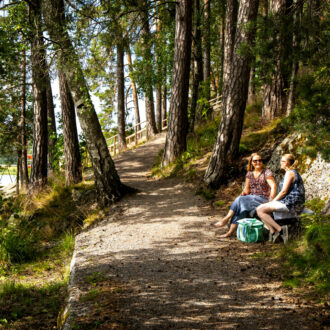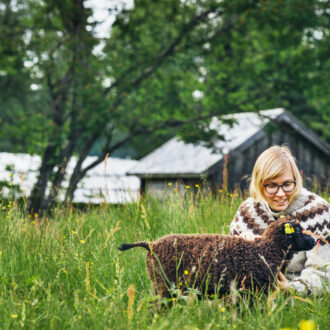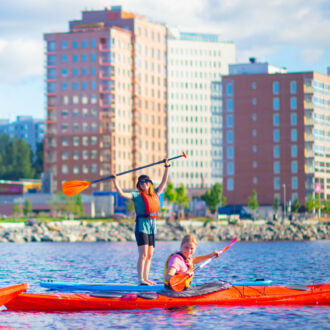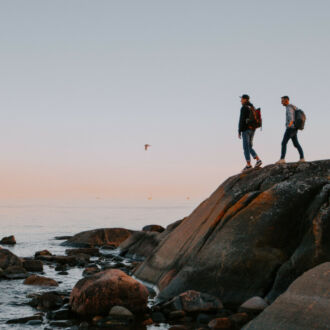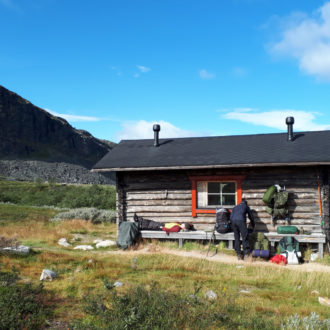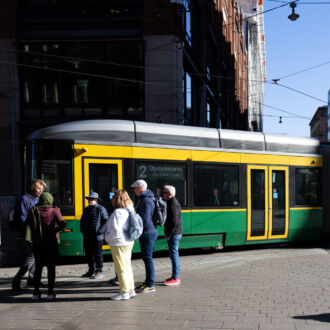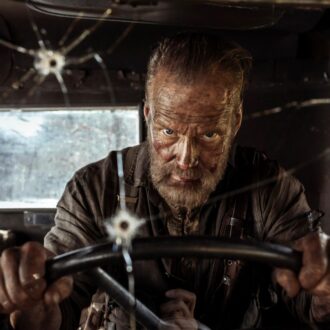There it stands, a distant silhouette on the horizon.
A gentle breeze stirs as the ferry pulls away from the shore and heads out into the open sea. We’ve just left Kokkola, a vivid town about 500 kilometres (300 miles) north of Helsinki, on the shores of the Bay of Bothnia. If we sailed far enough, we’d eventually reach Sweden.
But today, our destination lies closer, less than 20 kilometres (12 miles) from the harbour: the enchanting Tankar Lighthouse Island.
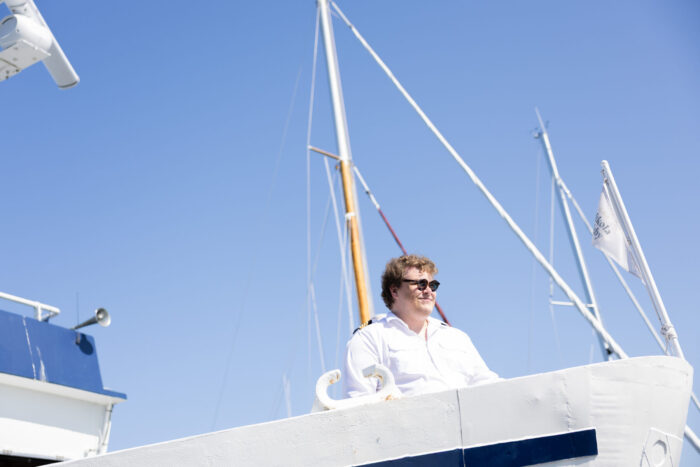
Captain Teemu Mäkelä of M/S Jenny praises Tankar: “It’s definitely one of the most beautiful islands I’ve ever visited.”
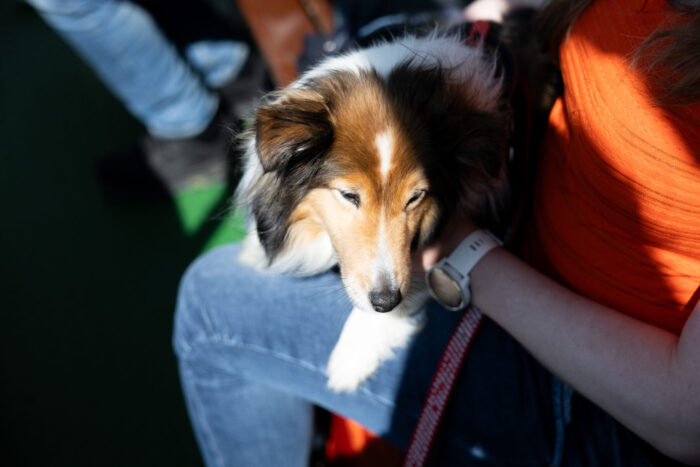
Nukka the dog rests during the crossing. Dogs are welcome on the island if kept on a leash.
From rocky islet to lively community
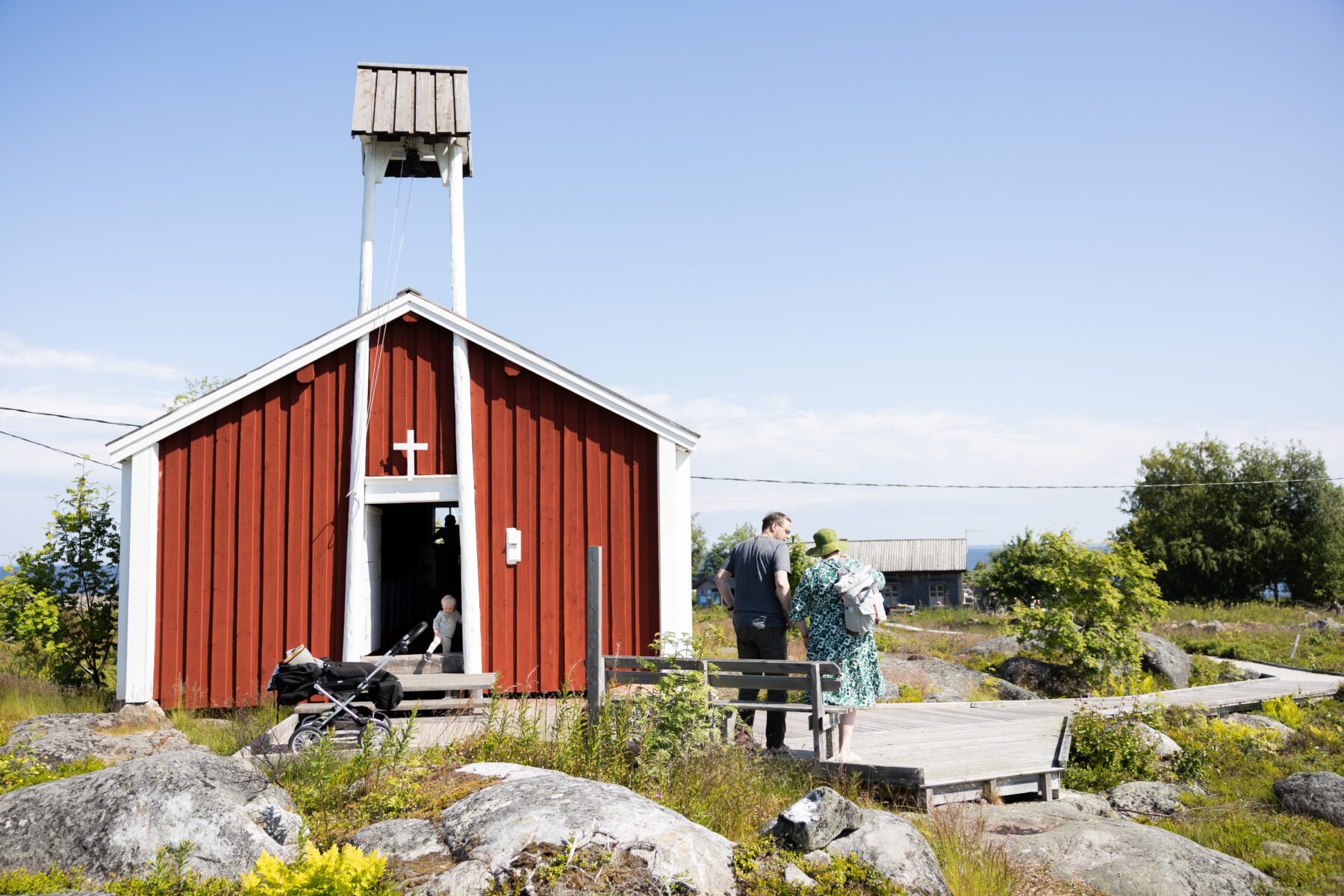
In the summer, the Tankar church holds services, wedding ceremonies and other events, such as concerts.
As the ferry docks, we step ashore and meet our guide, Hugo Lund, who begins the tour with a visit to the island’s small, atmospheric wooden church.
Built in 1754, it once held around 100 worshippers at a time, back when the law required weekly church attendance. A priest would row from the mainland to hold services, ensuring the island’s fishing and pilot families could meet their obligations.
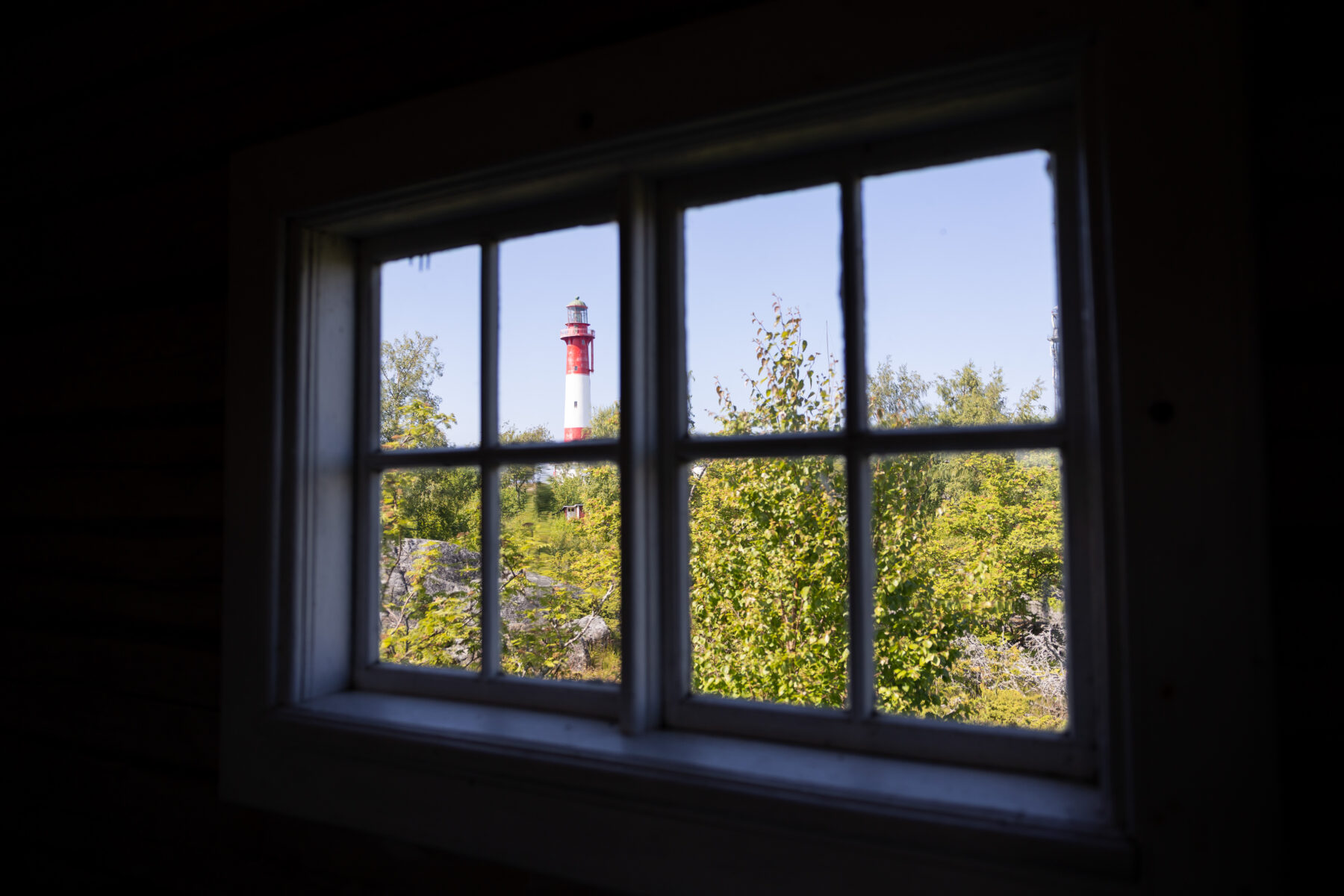
Tankar’s lighthouse was first lit on October 15, 1889.
Life on Tankar in the 1800s was demanding. Seasonal populations of fishermen, seal hunters and pilots reached into the hundreds. Soil was carried over by boat to create small potato plots, and the island produced barely enough hay to feed a cow.
Seal hunting was then a crucial livelihood. Today, the island’s small museum preserves this chapter of history.
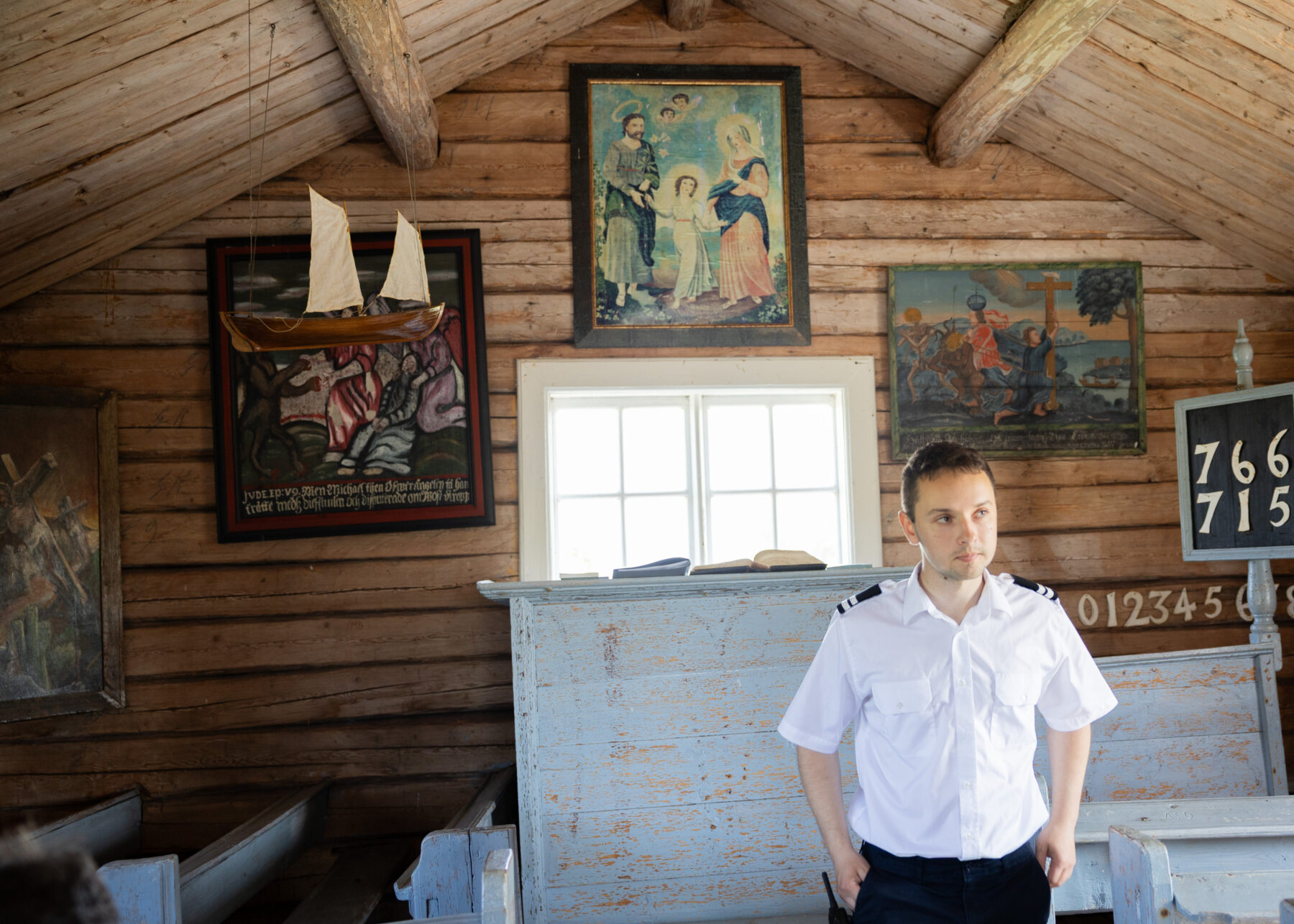
Hugo Lund works as a deckhand on M/S Jenny and as a guide on Tankar.
Lund knows the stories well. He first came to Tankar as a baby, and this summer marks his 20th on the island.
“When you get to Tankar, you know summer has truly begun,” he says.
Tankar’s iconic lighthouse
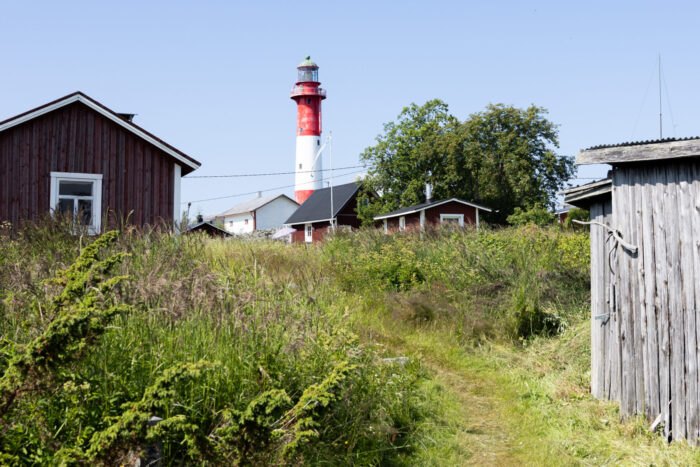
The lighthouse tower, made of iron, reflects a design linked to the firm that built the Eiffel Tower.
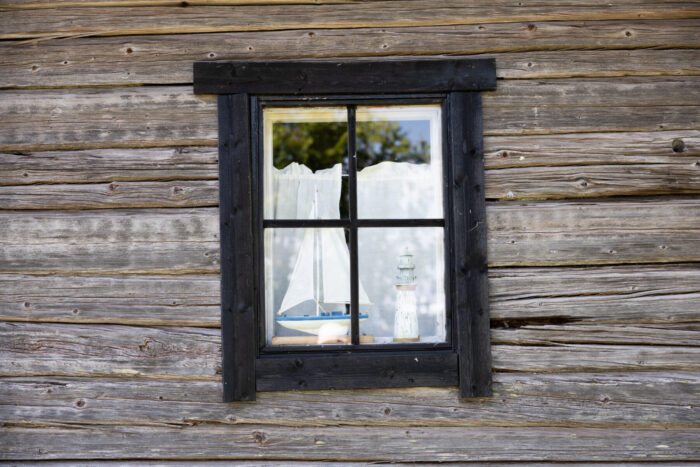
Tankar’s history stretches back to the 13th century, when the island first rose from the sea due to post-glacial land uplift, a natural process still raising the coast nearly a centimetre (0.4 in) each year.
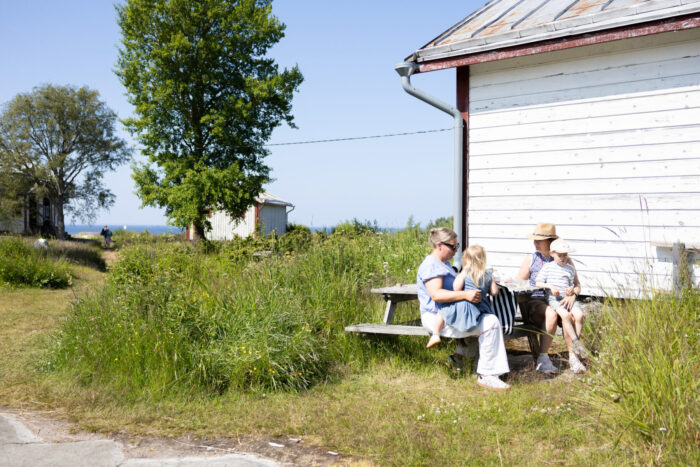
At the foot of the lighthouse, mother Lotta Fors and her children Vivian (2) and Niklas (6) enjoy a picnic. Grandmother Riitta Ojala-Fors joined the outing from Kalajoki: “The little ones managed to climb all the way up to the lighthouse. The views were amazing.”
From the chapel, the path finally leads to the island’s most striking landmark: the lighthouse. Before its construction, sailors relied on a stone cairn and a beacon pole, but dangerous waters required a better solution.
Completed in 1889, Tankar’s lighthouse carries a touch of mystery about its design. Some sources suggest involvement from the same firm that built the Eiffel Tower, and the spiral staircase inside bears a strong resemblance to the style of the Paris landmark.
Originally equipped with powerful optics reaching 13 nautical miles (24 kilometres/15 miles), the lighthouse has since been electrified and is now fully automated, with a beam visible for 27.5 nautical miles (51 kilometres/32 miles). That makes it one of the brightest lighthouses in Finland.
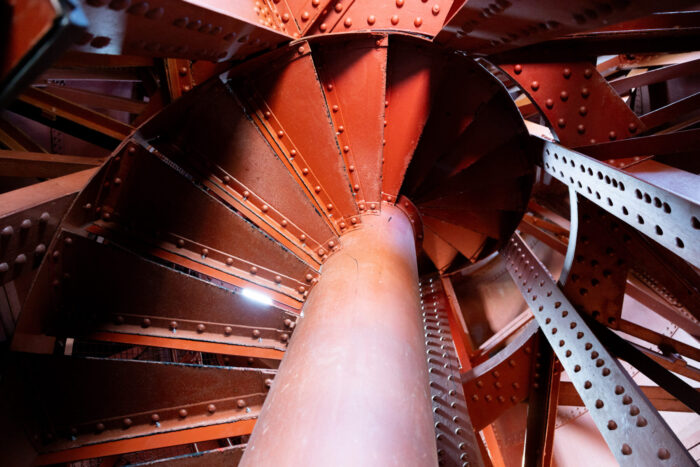
The lighthouse’s 122-step staircase leads 27.5 metres (90 feet) above the ground.
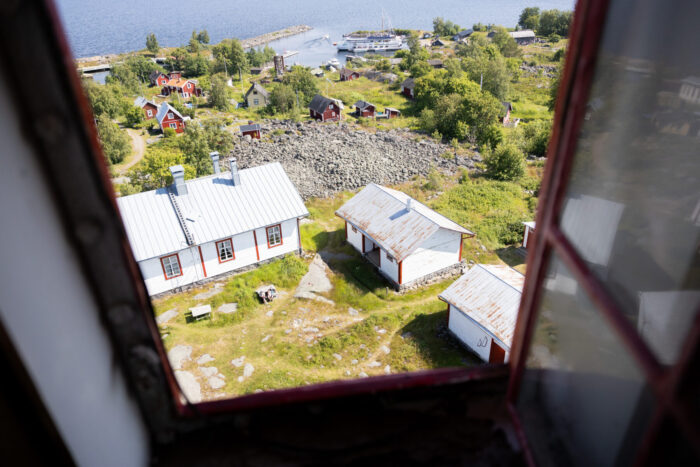
The lighthouse keeper’s residence now accommodates visitors next to the tower.
On selected days, visitors can climb all 122 steps to the top of the lighthouse for a small fee.
From the top, the views stretch out over the sea all the way to Kokkola’s skyline.
The vast sky and endless water seem to meet, while swallows dart playfully around the beacon.
Nature and wildlife
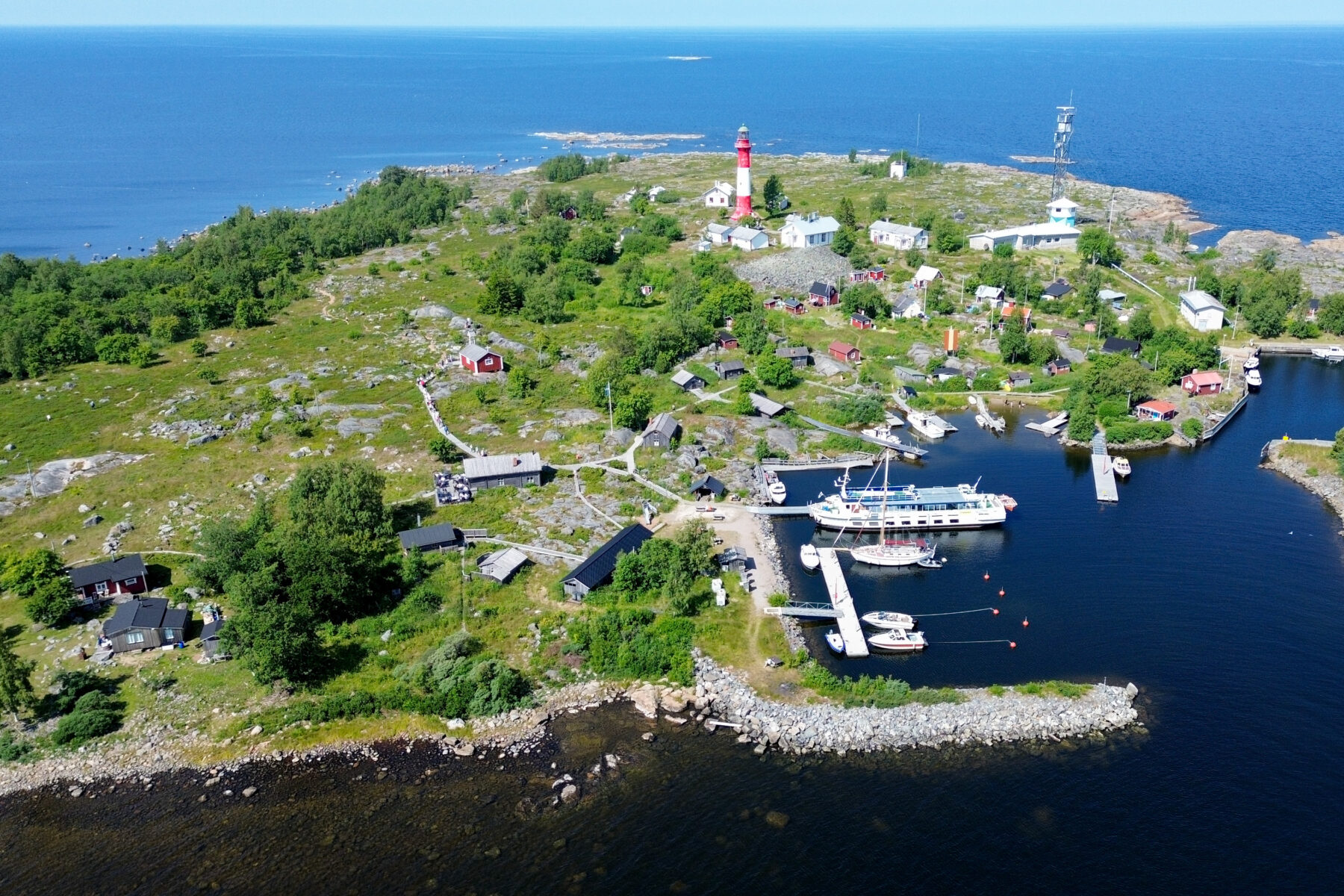
Tankar is located just under 20 kilometres (12 miles) from Kokkola city centre. The island measures 750 metres (820 yards) in length.
Tankar isn’t just historical – it’s also home to stunning natural splendour.
A 1.5-kilometre (0.9-mile) trail circles the island, winding through juniper bushes, lush groves and rocky terrain. Straying off the path is prohibited in order to protect fragile ecosystems, as Tankar is a protected nature reserve.
In summer, sheep graze the island, helping maintain open meadows and prevent overgrowth.
More than 260 bird species have been spotted here, particularly during migration season, when the lighthouse’s beam can attract them on misty nights.
Island life today
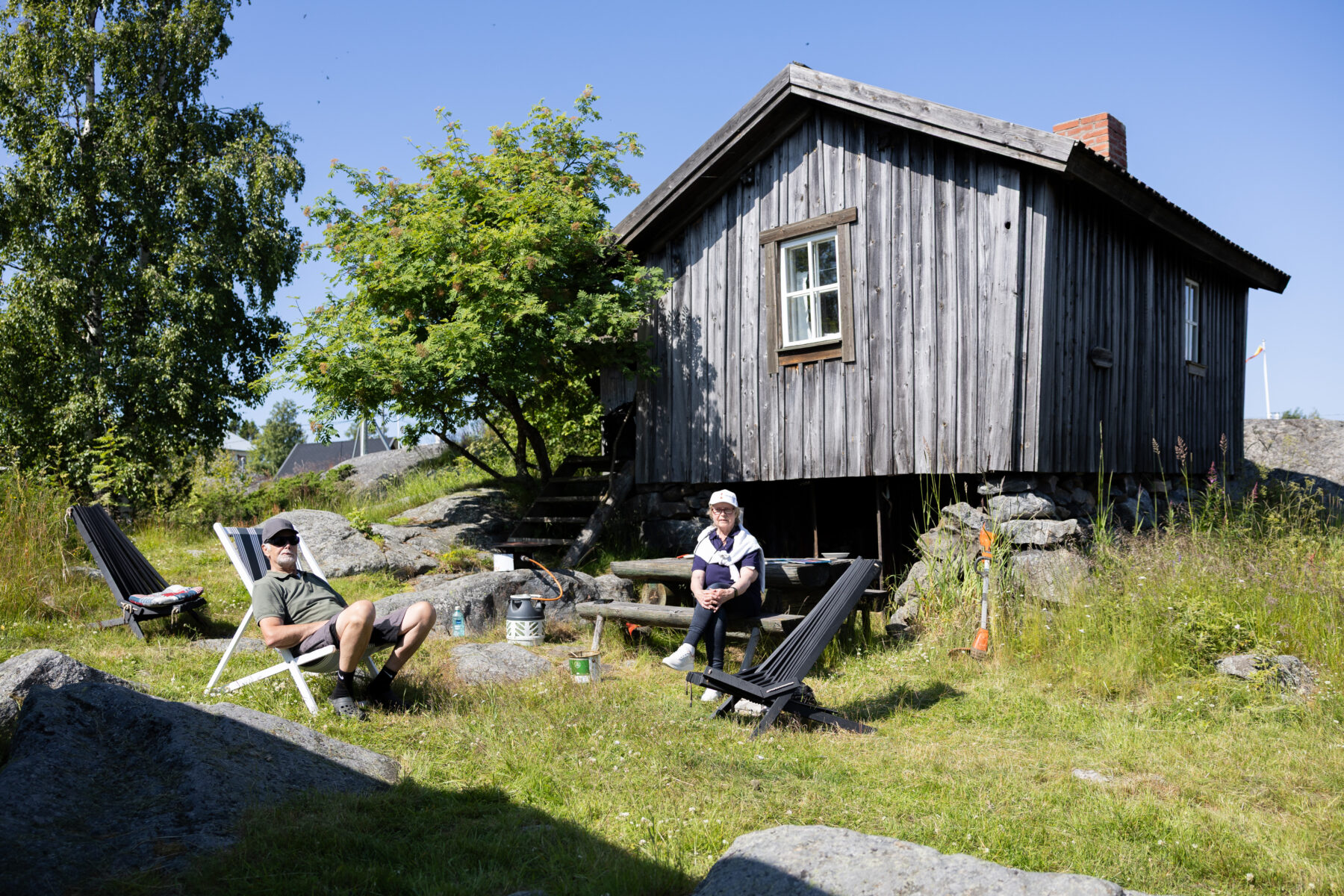
The island’s oldest cottage, known as Sjöblom’s Sauna, dates back to 1768. Originally a fisherman’s hut, it is now summer home to Brage and Nanna-Lisa Finskas.
Tankar remains a seasonal community. The oldest building, Sjöblom’s Sauna (1768), now serves as a private summer cottage, while some other historic houses, such as lighthouse keeper’s residence, have been converted into guest accommodation.
And when hunger hits, the café provides delicious fish soup and sweet cinnamon rolls.
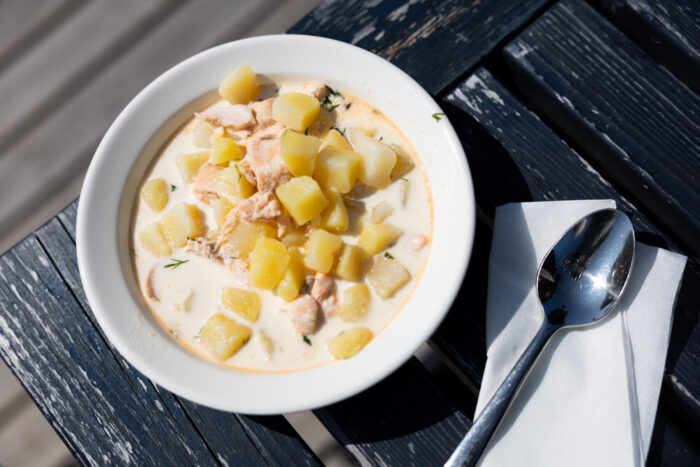
A bowl of fish soup served at the island café is a refreshing way to recover after a full day exploring the island.
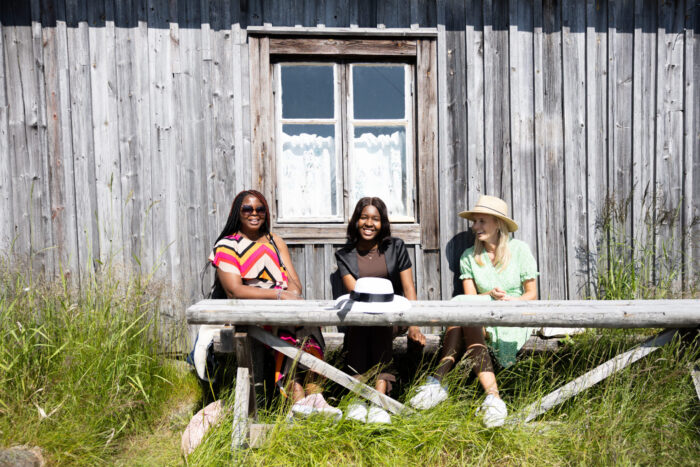
Esther Okpala (left), Confidence Uche and Ella Tornikoski enjoy Tankar on a day trip. For Okpala and Uche it is their first visit here: “We are ready to explore the island.”
For many, the day ends with a sauna session followed by a swim in the sea, a tradition that connects today’s visitors with generations of island life.
Leaving the island feels like leaving a piece of your heart behind.
Tankar is a place you must return to.
Practical info: Visiting Tankar
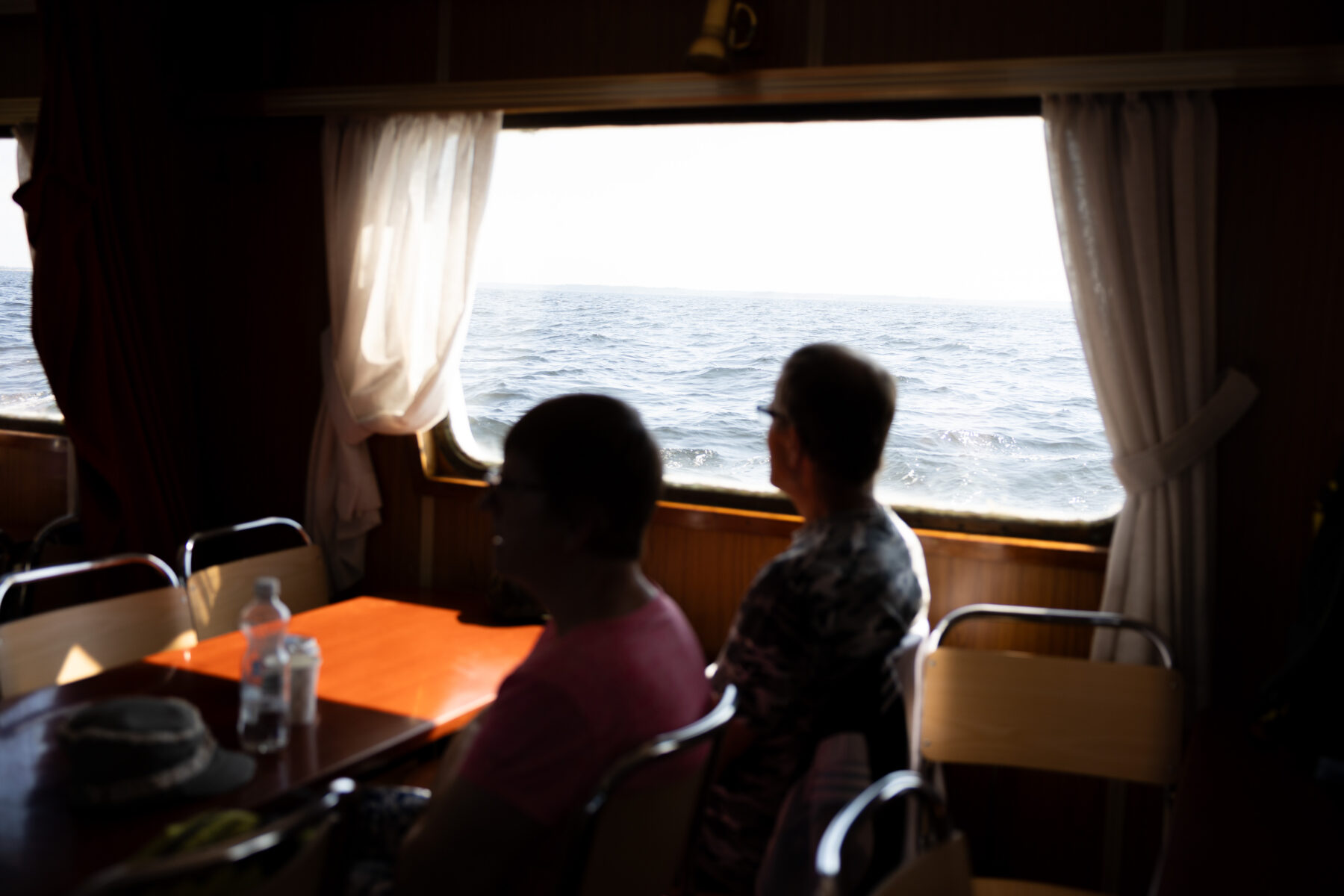
The ferry from Kokkola to Tankar takes around 1.5 hours, with snacks and beverages available on board.
- Location: Tankar Island, 20 km (12 miles) from Kokkola, in the Bay of Bothnia
- Ferry: The M/S Jenny runs daily in summer; travel time about 1.5 hours
- Accommodation: Guesthouse in the old pilot station, lighthouse keeper’s residence and cabins (advance booking recommended)
- Dining: Café with local dishes and pastries; picnic spots available
- Activities: Lighthouse climb (fee applies), guided tours, chapel events, sauna sessions, nature trail, birdwatching
- Accessibility: Terrain is rocky and uneven; wheelchair access limited
- Note: Tankar is a protected nature reserve. Off-trail walking and disturbing wildlife are prohibited. Dogs are welcome but must be kept on a leash.
Text and photos by Emilia Kangasluoma, August 2025
